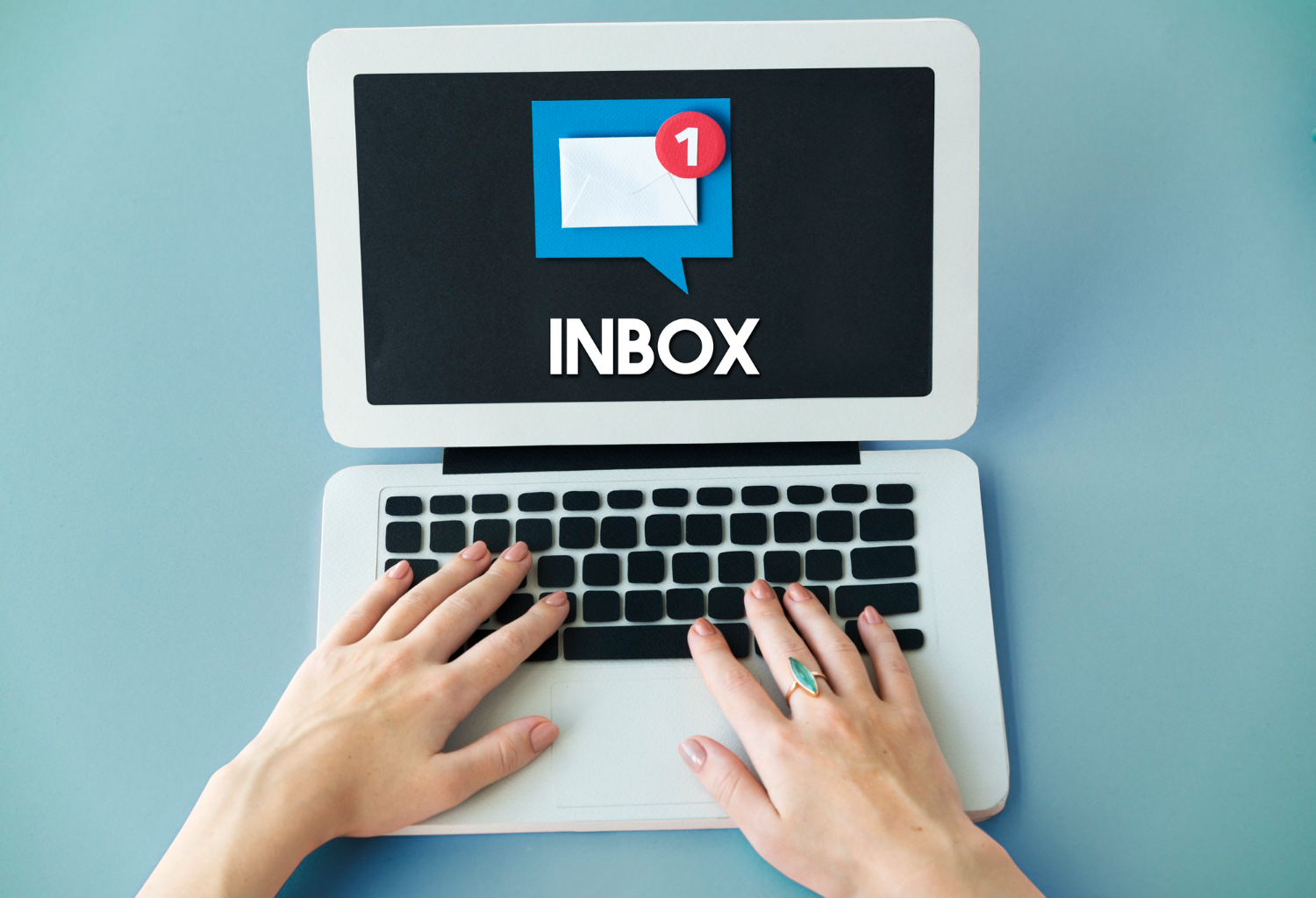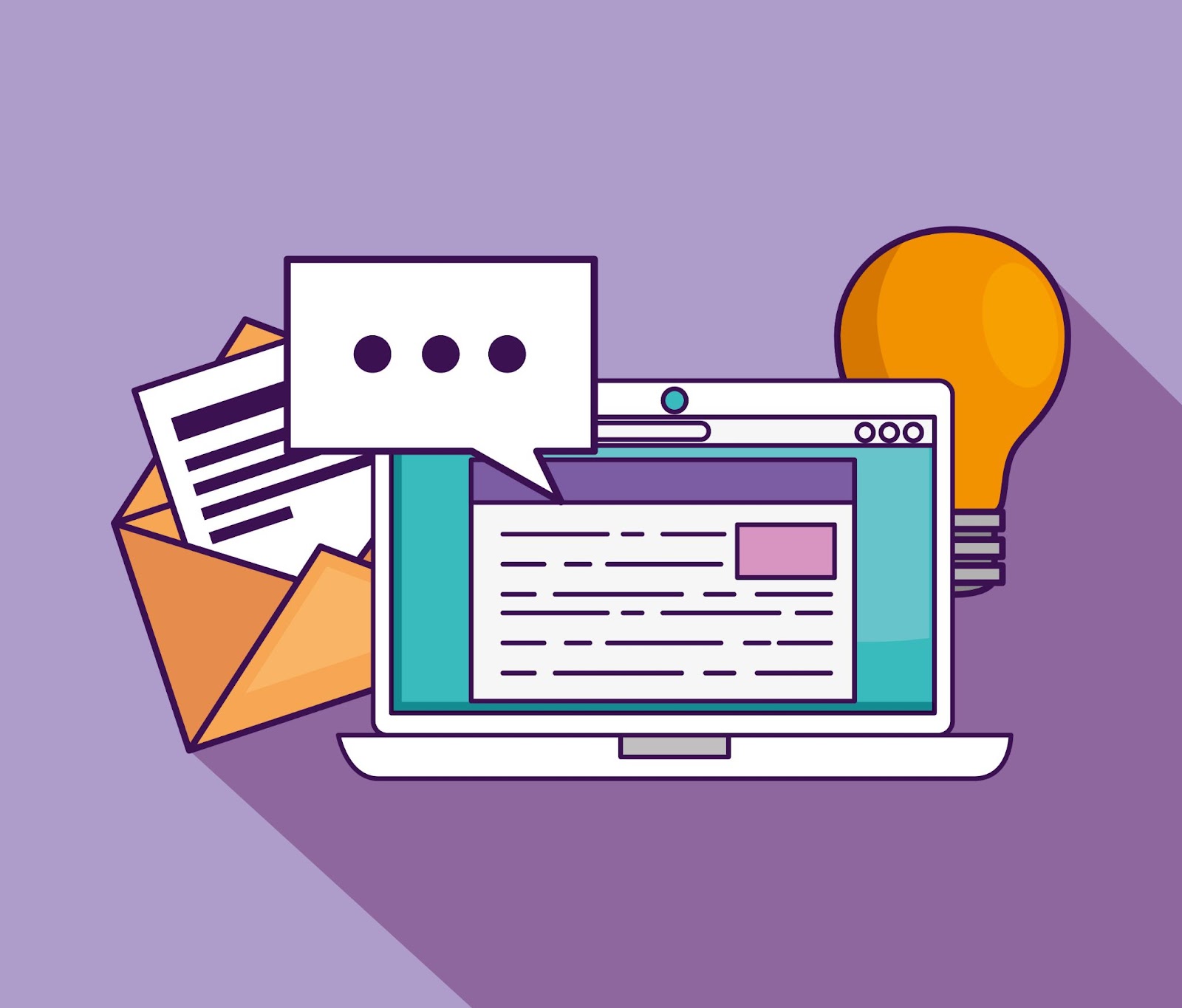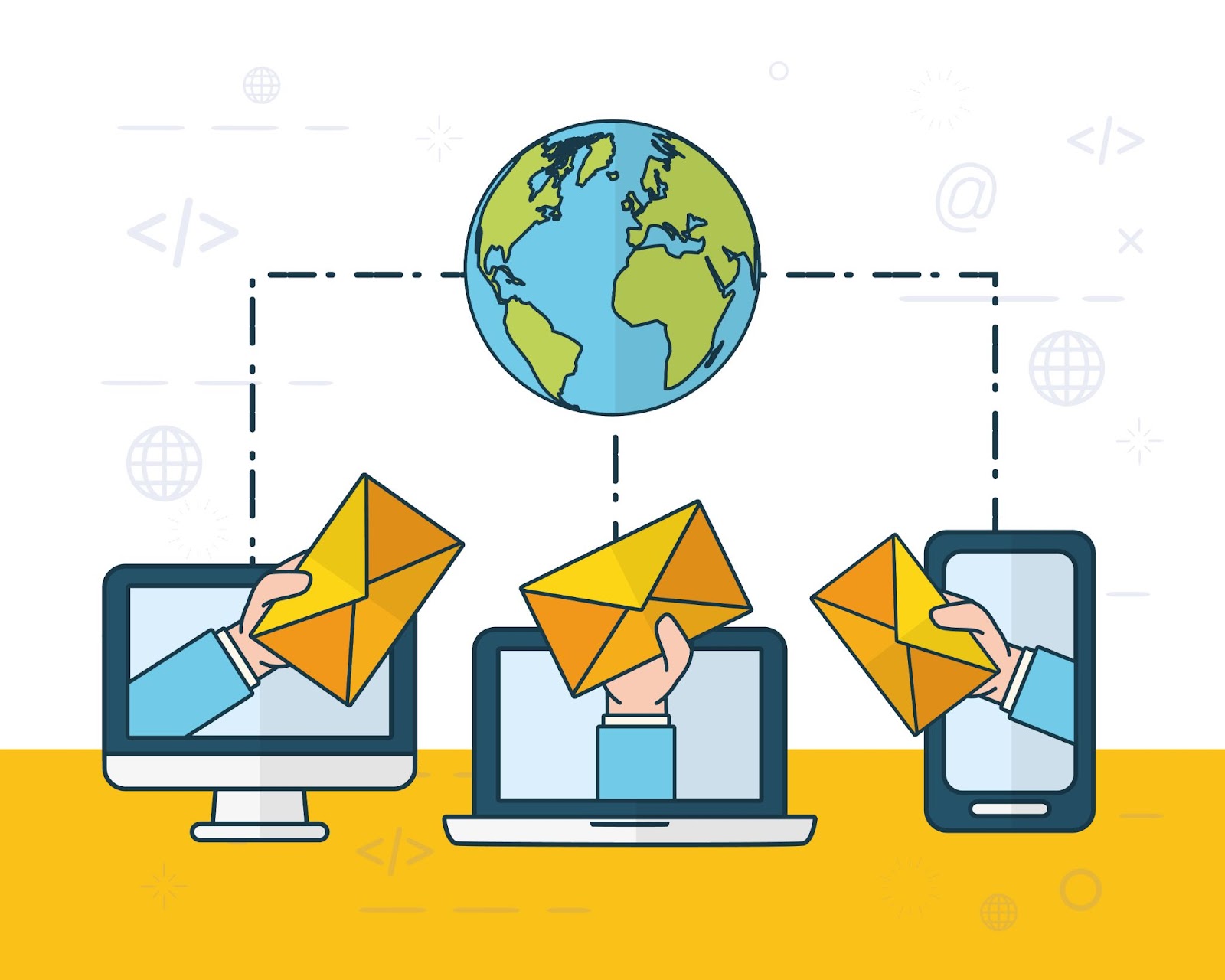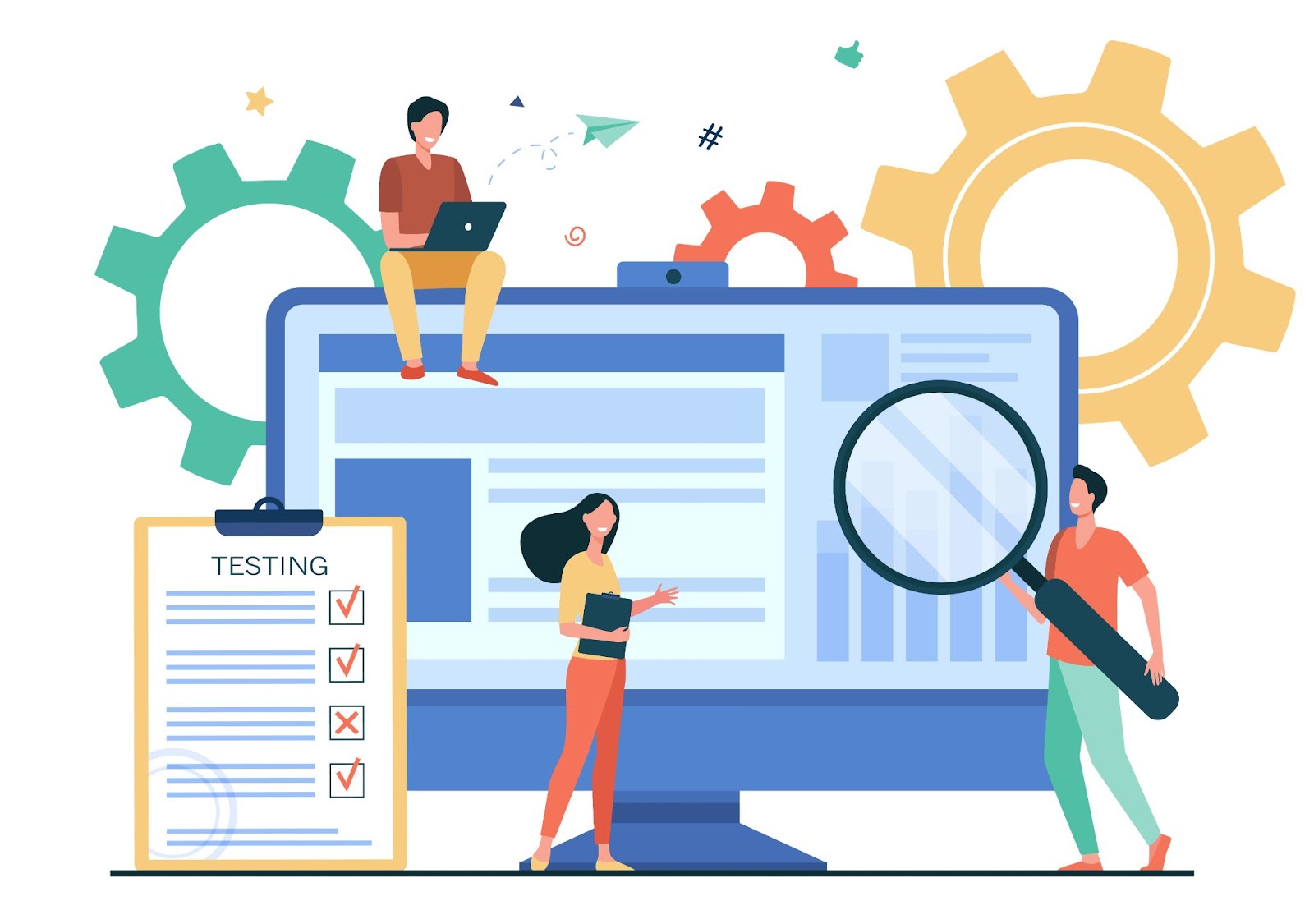
Boosting email open rates is a critical goal for any marketer or business, as higher open rates often lead to greater engagement and better conversion outcomes. However, getting recipients to open your emails can be challenging in today’s cluttered inboxes.
Success lies in implementing strategies that pique curiosity, build trust, and offer clear value right from the subject line.
This article will provide proven strategies and tips to help you boost your email open rates, from crafting compelling subject lines to optimizing send times and personalization.
About Email Open Rates
Email open rates are a key metric for determining how well your email campaigns are performing. They indicate the percentage of recipients who open your email, offering insights into the effectiveness of your subject lines and overall campaign strategy.
Importance of Open Rates
Open rates are crucial because they directly reflect how engaged your audience is with your email content.
A high open rate suggests that your subject line, sender name, or timing of the email is resonating with your recipients. Low open rates, on the other hand, may indicate that adjustments are needed in your targeting, messaging, or email design.
Monitoring this metric helps you gauge the overall effectiveness of your email campaigns.
Factors Influencing Open Rates
Several factors influence open rates, including the subject line, timing, personalization, and sender reputation. A compelling subject line that piques curiosity or offers value can significantly increase open rates.
Timing also plays a role — sending emails when your audience is most active can boost engagement. Personalization, such as using the recipient’s name, and a strong sender reputation help build trust and encourage recipients to open your emails.
Crafting Compelling Subject Lines
A compelling subject line is critical to getting your email opened and ensuring the success of your email marketing campaigns. Focusing on the use of power words and emotion, personalization techniques, and keeping the message concise can significantly increase open rates.
Use of Power Words and Emotion
Power words are emotionally charged phrases that grab attention and provoke a reaction from the reader.
By using power words like "exclusive," "urgent," "free," or "limited time," you can create a sense of urgency or excitement, prompting recipients to open your email. Emotional triggers such as curiosity, fear of missing out (FOMO), or excitement can be effective in subject lines.
For example, “Don’t Miss This Limited Offer” or “Unlock Your Free Guide” tap into emotions that motivate people to engage. Using emotionally driven language helps your emails stand out in crowded inboxes.
Personalization Techniques
Personalization in subject lines can make your emails feel more relevant and tailored to the recipient.
Techniques such as including the recipient's first name, referencing past purchases, or addressing specific needs can make the subject line more compelling. For example, a subject line like “John, We Have the Perfect Solution for You” feels more personal and grabs attention.
Personalized subject lines have been shown to significantly improve open rates because they create a more direct connection with the recipient, making them feel like the email is customized for them.
Keeping It Short and Sweet
In today's fast-paced digital world, people quickly scan their inboxes, so keeping subject lines short and to the point is essential. Aim for 6-10 words or fewer than 50 characters to ensure your subject line is easily readable on both desktop and mobile devices.
Clear and concise subject lines like “Exclusive Sale Ends Tonight” or “Your Free Guide Is Waiting” communicate the core message immediately and encourage quick action. Avoid overly complicated or vague language that might confuse or overwhelm the recipient.
Optimizing Send Times and Frequency
Optimizing email send times and frequency is crucial for improving open rates and maintaining audience engagement. Understanding the best times to send emails, tailoring strategies to audience preferences, and testing frequency can ensure your emails are timely and effective.
Best Times to Send Emails
The timing of your email can significantly impact its open rate. Research suggests that emails sent during midweek, particularly on Tuesdays and Thursdays, tend to perform best.
Additionally, mornings between 9 a.m. and 11 a.m., when many people are checking their inboxes, are optimal for sending emails.
However, it’s also beneficial to experiment with early afternoons, as people may engage with emails during breaks. For B2C businesses, weekends or evenings may work better, depending on your audience’s habits. Analyzing when your audience is most active and testing different times will help you find the optimal send window for your emails.
Understanding Audience Preferences
Audience preferences vary greatly depending on industry, location, and even individual habits. To tailor your email strategy effectively, use data from your email marketing platform to track open and click-through rates for different time slots.
Consider segmenting your audience by time zones to ensure emails arrive at convenient times for recipients in different regions. Surveying your audience about their preferences or analyzing behavioral data, such as when they visit your website or interact with previous emails, can also offer insights into the best times to send.
Frequency Testing for Maximum Engagement
Finding the right balance of email frequency is critical for avoiding email fatigue while maximizing engagement. Sending too many emails can lead to unsubscribes or lower engagement rates, while sending too few may cause your brand to lose relevance.
Start by sending emails once or twice a week, then test different frequencies to see what works best for your audience. A/B testing is a useful method to compare engagement rates across various frequencies.
Monitoring key metrics like open rates, click-through rates, and unsubscribe rates will guide you toward the optimal email frequency that keeps your audience engaged without overwhelming them.
Segmenting Your Email List
Segmenting your email list allows you to send personalized and targeted messages to specific groups of subscribers, resulting in higher engagement and more effective campaigns. The process of segmentation tailors your messaging based on your audience's preferences, behaviors, or demographics.
Benefits of Segmentation
The primary benefit of segmentation is increased relevance, which leads to higher open rates, click-through rates, and conversions.
By sending emails that address the specific interests or needs of a segment, you're more likely to capture their attention and encourage action. Segmentation also helps reduce unsubscribe rates because subscribers receive content that is relevant to them, improving overall customer satisfaction and brand loyalty.
Personalized emails, which segmentation enables, tend to perform significantly better than generic ones, making it a critical strategy for successful email marketing.
Strategies for Effective Segmentation
Effective segmentation strategies include dividing your list based on demographic factors like age, gender, or location, as well as behavioral data such as past purchases, engagement levels, or website activity.
You can also segment by customer lifecycle stages, such as new subscribers, loyal customers, or lapsed clients. A more advanced approach is interest-based segmentation, where subscribers are grouped based on the products or services they’ve shown interest in.
Using email marketing platforms with segmentation features allows you to automate this process, ensuring that the right messages reach the right audiences at the right time.
Utilizing A/B Testing to Refine Campaigns
A/B testing allows marketers to compare two versions of an email to determine which performs better, helping refine and optimize campaigns. It’s a powerful way to gather data and make informed decisions.
What to Test
In A/B testing, you can test various elements of your email campaign, such as subject lines, sender names, visuals, call-to-action (CTA) buttons, and email layout.
For example, testing different subject lines can help identify which wording drives higher open rates, while testing CTA designs can reveal what motivates clicks. You can also experiment with email timing, personalization techniques, or even body copy to see which approach resonates best with your audience.
Analyzing A/B Testing Results
To analyze A/B testing results effectively, focus on key performance indicators (KPIs) like open rates, click-through rates, and conversions. Evaluate the data to determine which variation performed better and why.
Use these insights to refine future campaigns, implementing the strategies that drove higher engagement. Continuous A/B testing allows for ongoing improvements in your email marketing efforts, making each campaign more effective than the last.
Conclusion
In conclusion, boosting your email open rates requires a thoughtful approach that combines engaging content, strategic timing, and personalized touches. This article has provided actionable tips, including optimizing subject lines, using segmentation, and ensuring your emails offer real value to recipients.
By implementing these proven strategies, you can improve your email performance, increase engagement, and ultimately drive better results for your campaigns. A well-executed email strategy not only captures attention but also fosters stronger connections with your audience.


